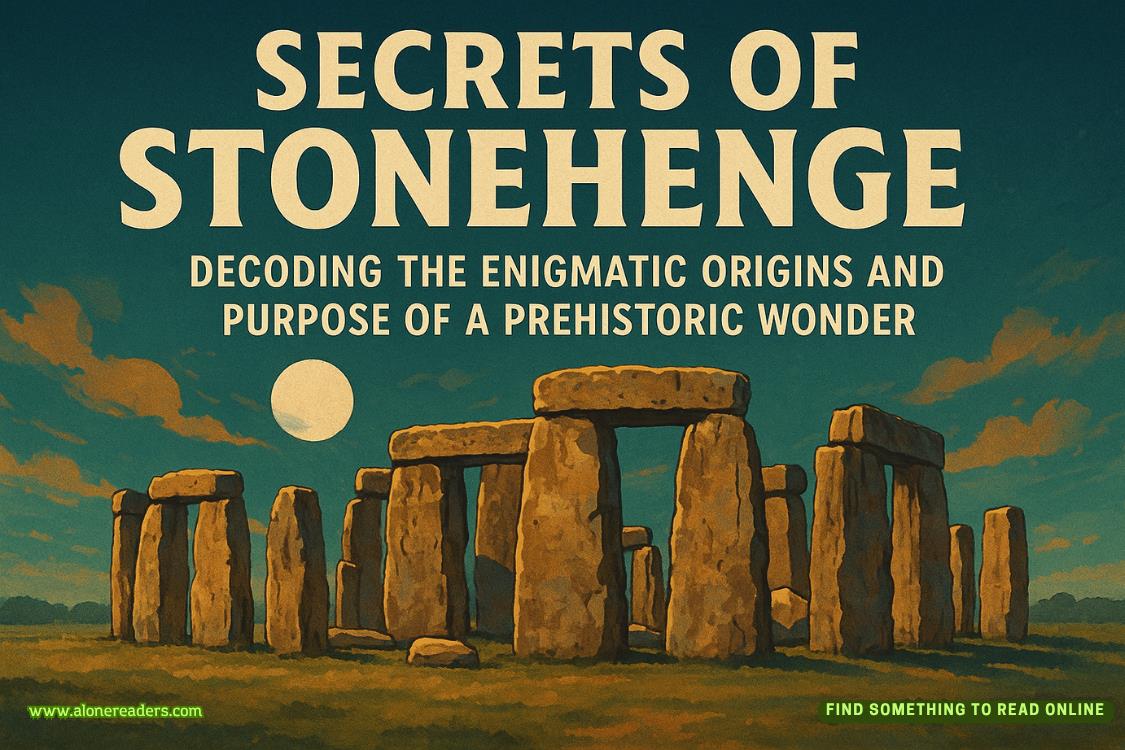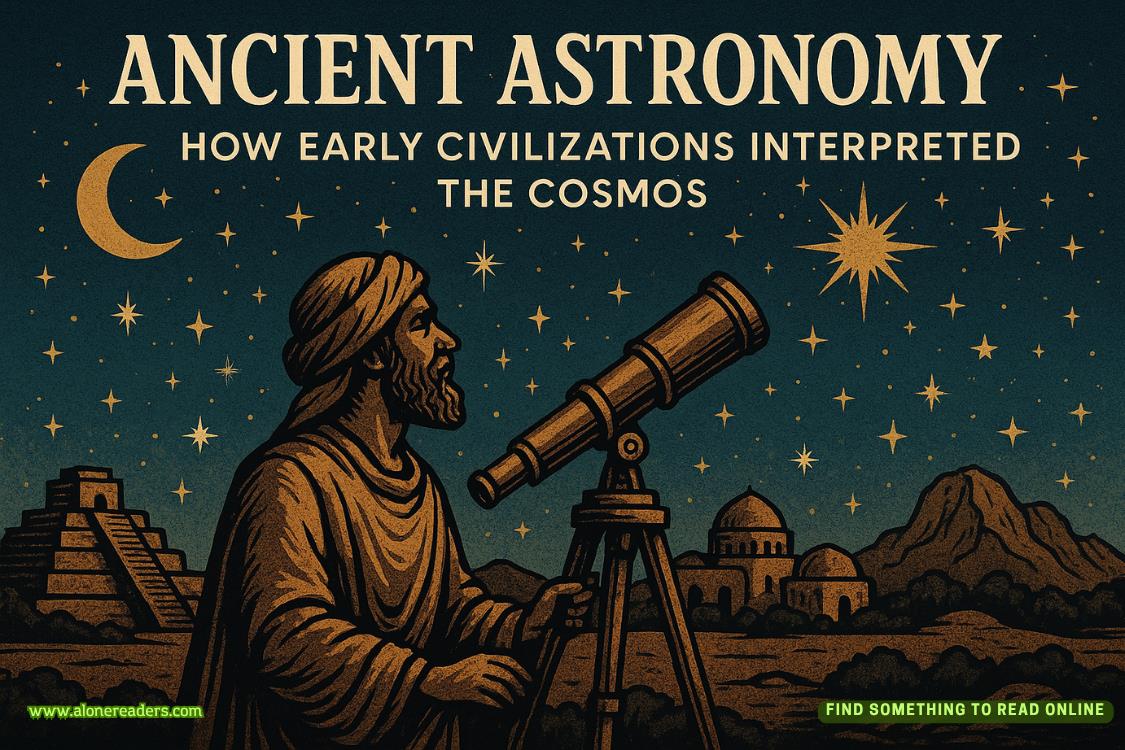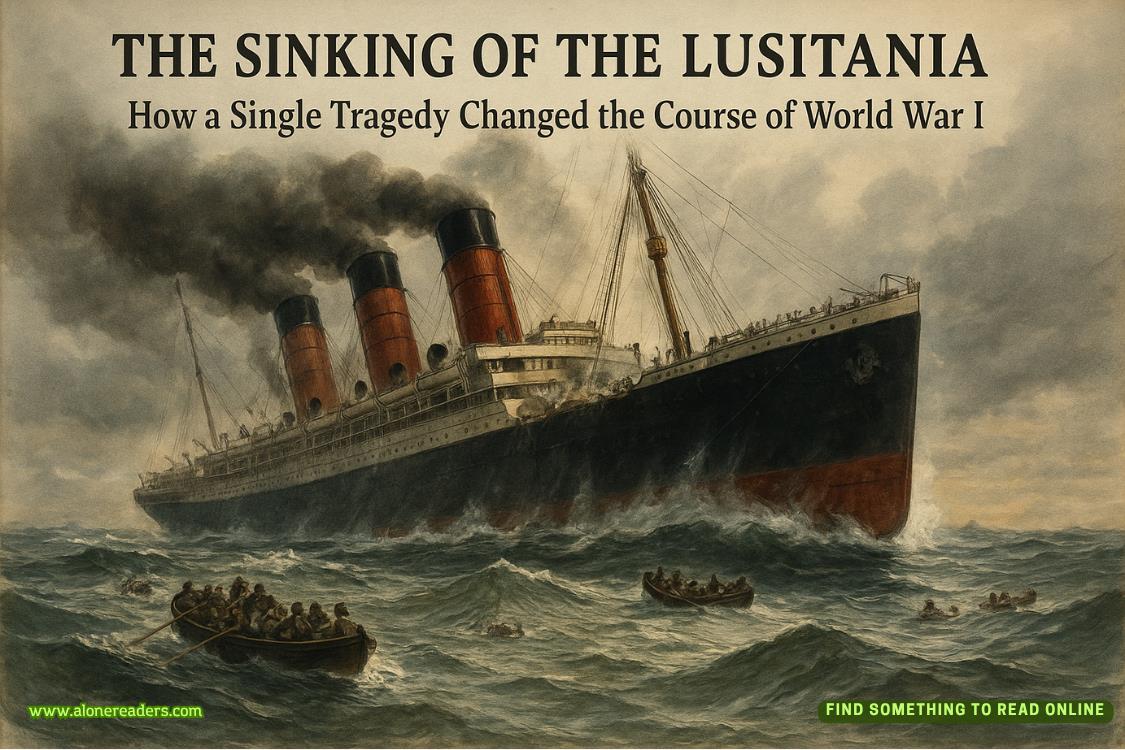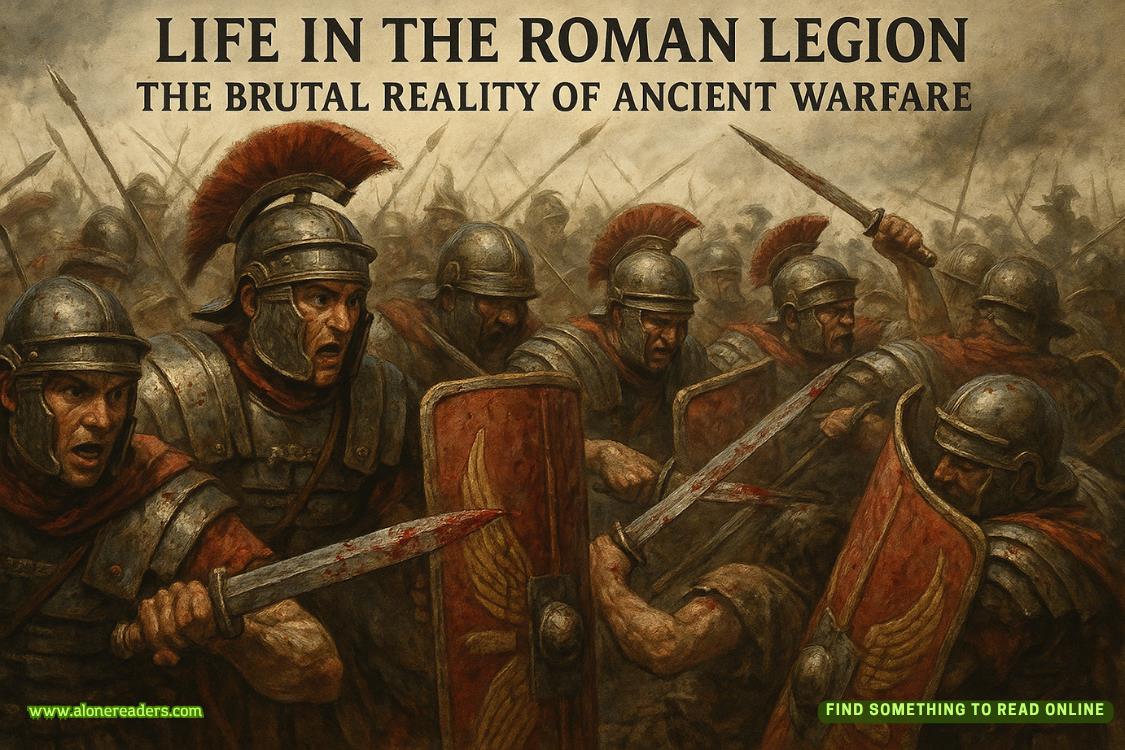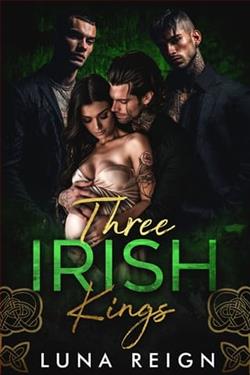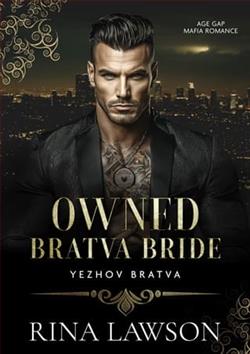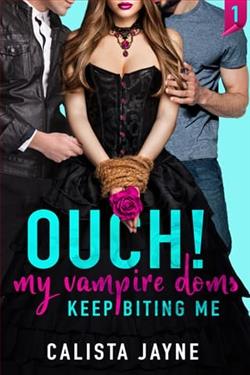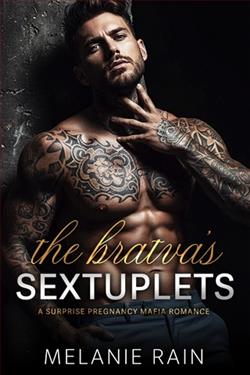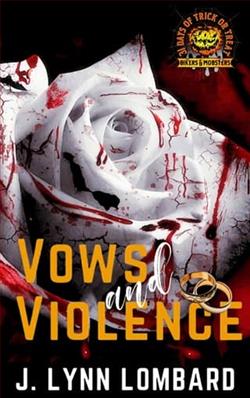Page 357 of DATE
"But it was also ridiculed," Hedy said calmly. "While Monet gained many friends from this painting, the conservatives denounced it as absurd, mocking them by naming it 'Impressionism.'"
But despite the controversy and slander, this name ultimately gained eternal brilliance.
"Why did they oppose it?" Leonardo instinctively frowned. "Someone created a better way of expression, finding more profound themes—shouldn't that be a good thing?"
"Anything that becomes a trend has to go through this phase—slander, attacks, mockery, stigma," Hedy lowered her eyes and smiled, a touch of relief in her expression.
It could be Impressionism, rock culture, or anyone about to reach the pinnacle of success.
Leonardo realized something and softly spoke, "You've experienced it too, haven't you?"
She looked at him with some surprise, her smile deepening. "It may not be without its own kind of coronation."
The new wooden panel was quickly brought over, and Hedy set up the easel, ready to demonstrate the technique to him based on her memory.
She felt a bit grateful to herself—if not for years of research on colors, she’d be stuck with the pungent purple instead.
"Simply put, the key to this method is to use bright, fragmented colors to express how things look under different lighting conditions."
At that moment, the light outside was softening, and the golden rays of the sun were casting a warm glow on the street, intertwining with the shadows of the orange trees on both sides.
Hedy laid down a dark brown base and began recalling the technique to reproduce the scene.
Leonardo quietly stood behind her, observing the brush's tip and the colors on the wooden panel.
The color blocks fell onto the canvas as if scattered casually, flowing with direction and momentum like water.
There was no need for precise lines; everything was hazy yet light.
Dark brown, bright yellow, pale white, deep green…
"They have emotions, don't they?" he suddenly asked.
Hedy switched to another color, smiling as she replied, "And what else?"
"Brushstrokes," Leonardo said without hesitation. "Brushstrokes that feel like breathing."
This was in stark contrast to the popular methods of the time.
Whether it was icons or portraits, there was a constant striving for precision in the contours and lines, making sure they were clear and easy to understand.
But Hedy's painting—its brushstrokes were fragmented, like a glass bottle shattering on the ground, with thousands of tiny pieces reflecting off each other like countless mirrors. The delicate and varied colors created atmosphere and emotion.
"Your painting... it has strong emotions," he said, his tone more intense. "You interpret them with color blocks?"
"I think you're almost getting it," Hedy thought for a moment, uncertain. "No, you already know these things."
She had seen firsthand Leonardo's ability to express light and shadow.
For many artists, light is simply white, and darkness is black. Aside from black, white, and gray, there’s nothing else to consider or blend.
But in the year she first met him, she had already seen his Florence.
The morning fog was dull and unclear—yet he used a grayish-blue to contrast with the daylight, handling the sense of edges with remarkable finesse.
"Why don’t you give it a try?" Hedy suddenly stood up and handed him the paintbrush.
The man gazed at the brush for a while before taking it.




